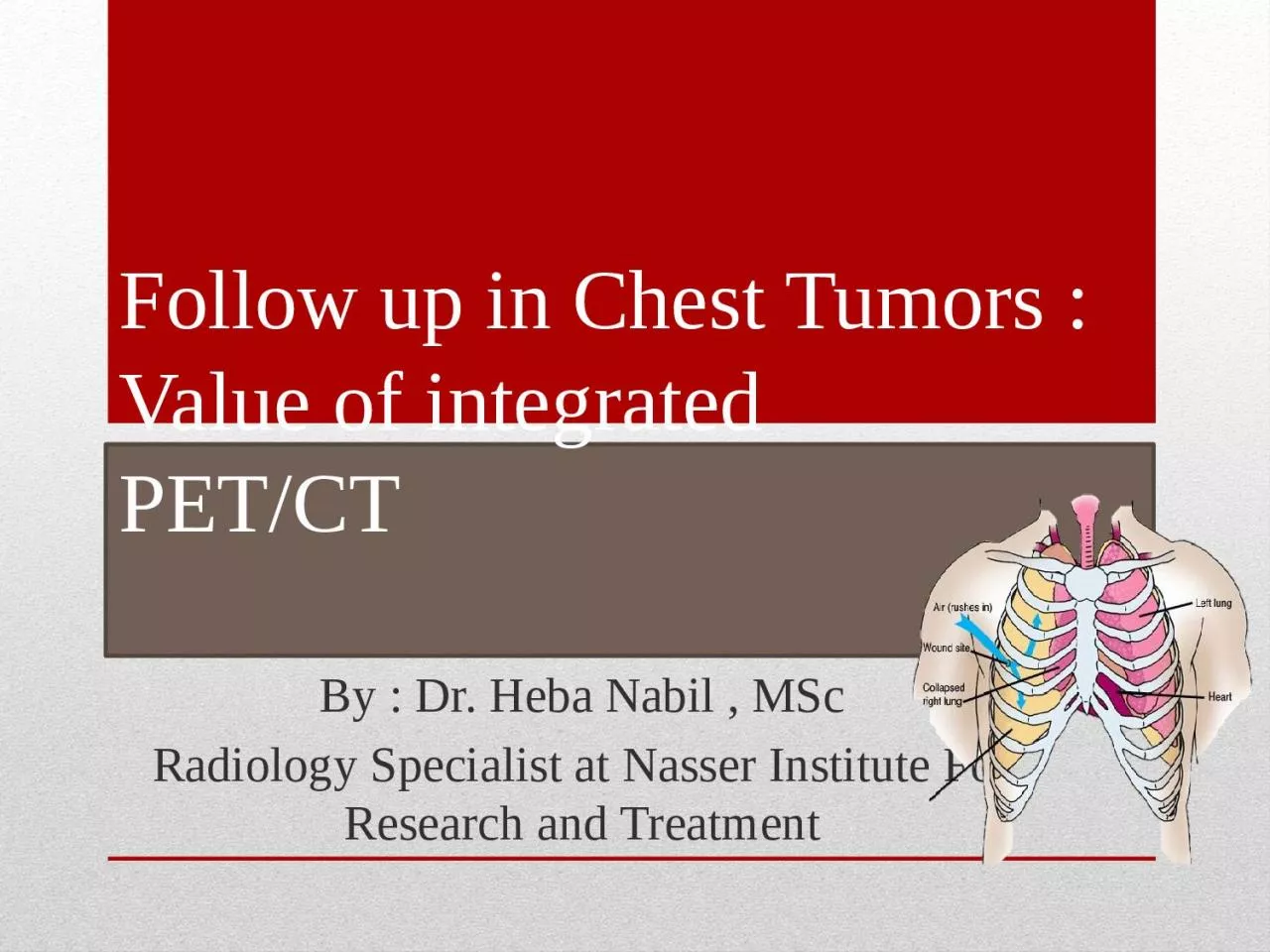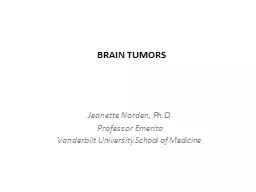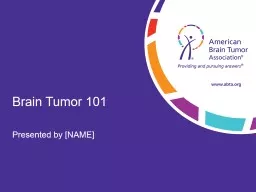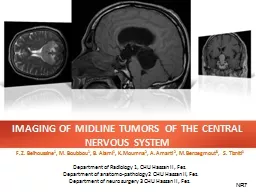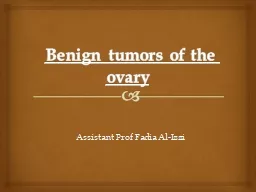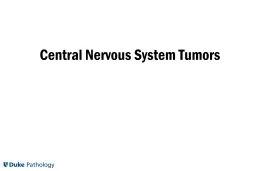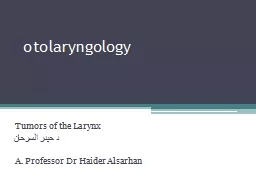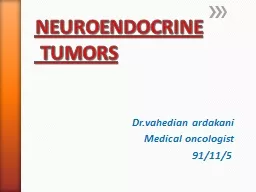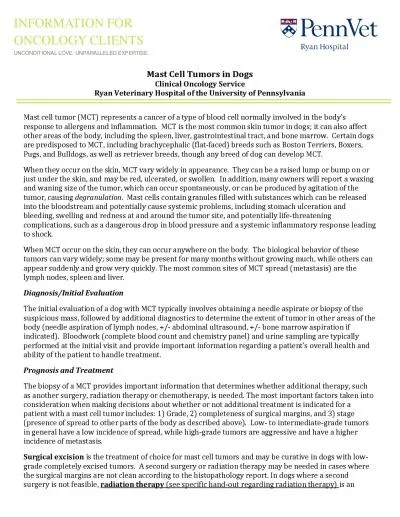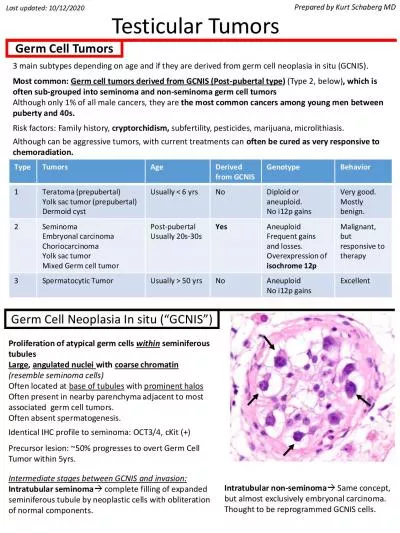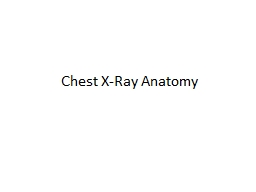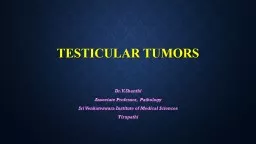PPT-Follow up in Chest Tumors : Value of integrated
Author : jaena | Published Date : 2024-01-29
PETCT By Dr Heba Nabil MSc Radiology Specialist at Nasser Institute For Research and Treatment Introduction The management of oncology patients depends on A
Presentation Embed Code
Download Presentation
Download Presentation The PPT/PDF document "Follow up in Chest Tumors : Value of int..." is the property of its rightful owner. Permission is granted to download and print the materials on this website for personal, non-commercial use only, and to display it on your personal computer provided you do not modify the materials and that you retain all copyright notices contained in the materials. By downloading content from our website, you accept the terms of this agreement.
Follow up in Chest Tumors : Value of integrated: Transcript
Download Rules Of Document
"Follow up in Chest Tumors : Value of integrated"The content belongs to its owner. You may download and print it for personal use, without modification, and keep all copyright notices. By downloading, you agree to these terms.
Related Documents

